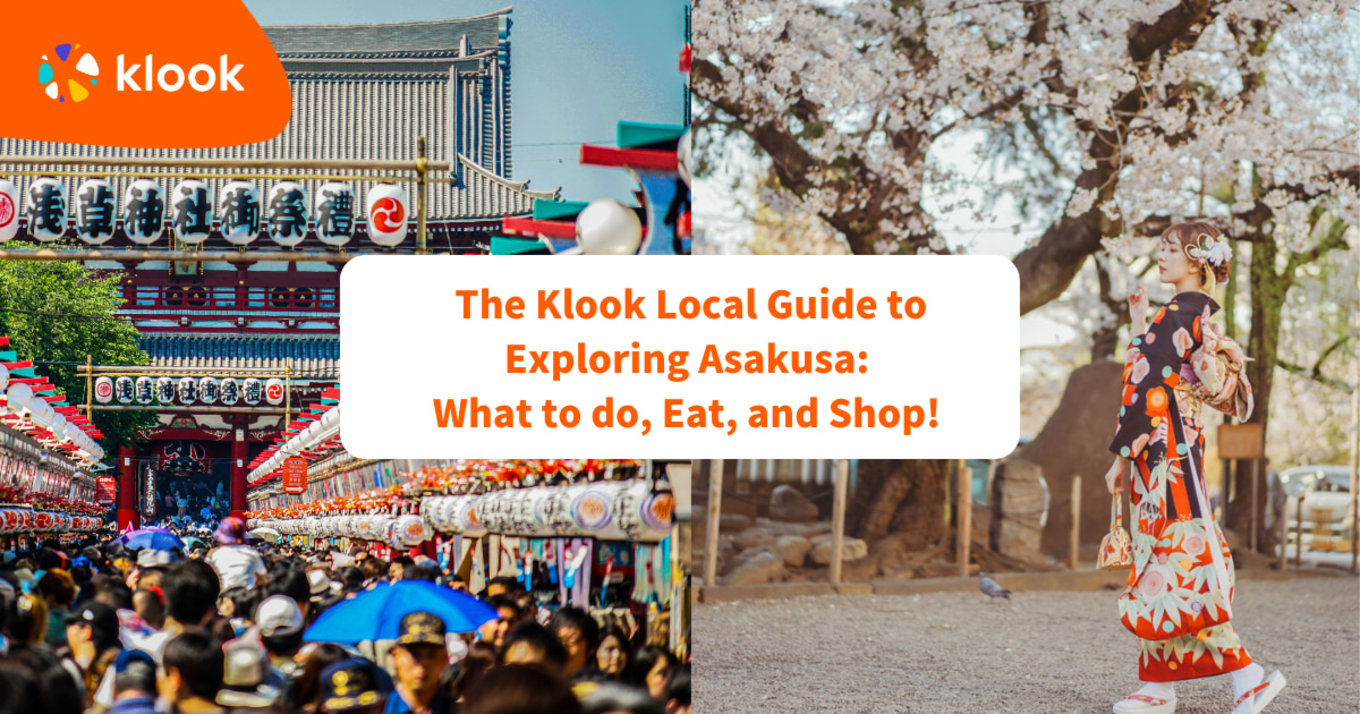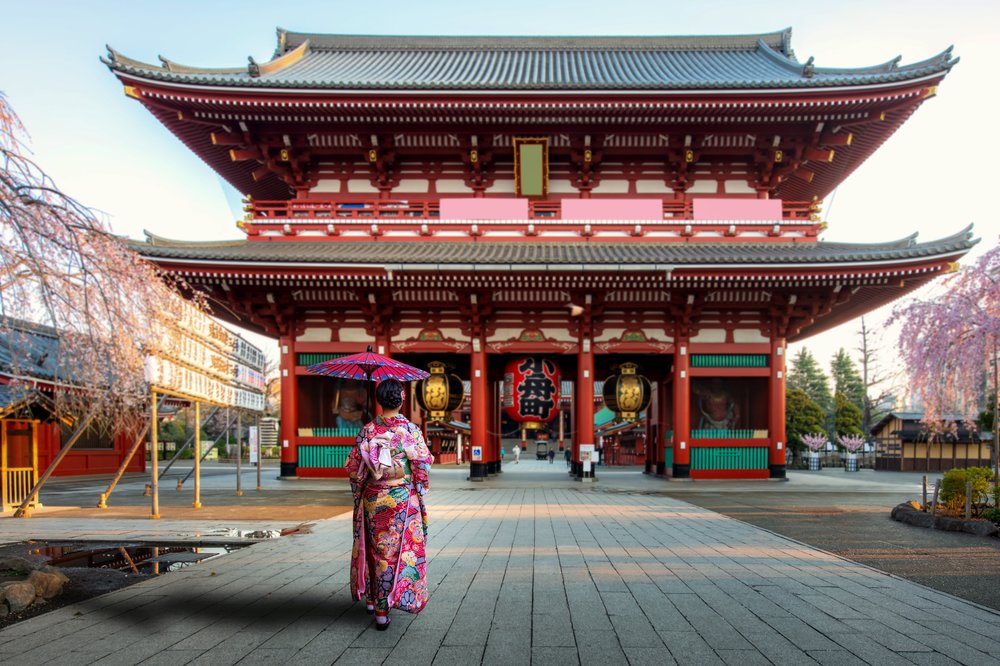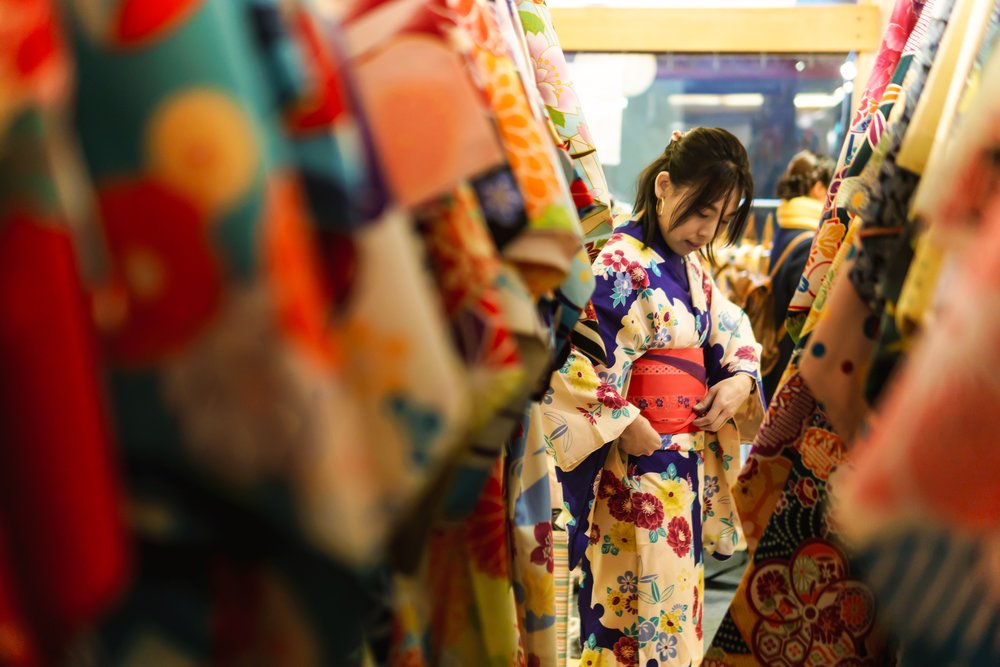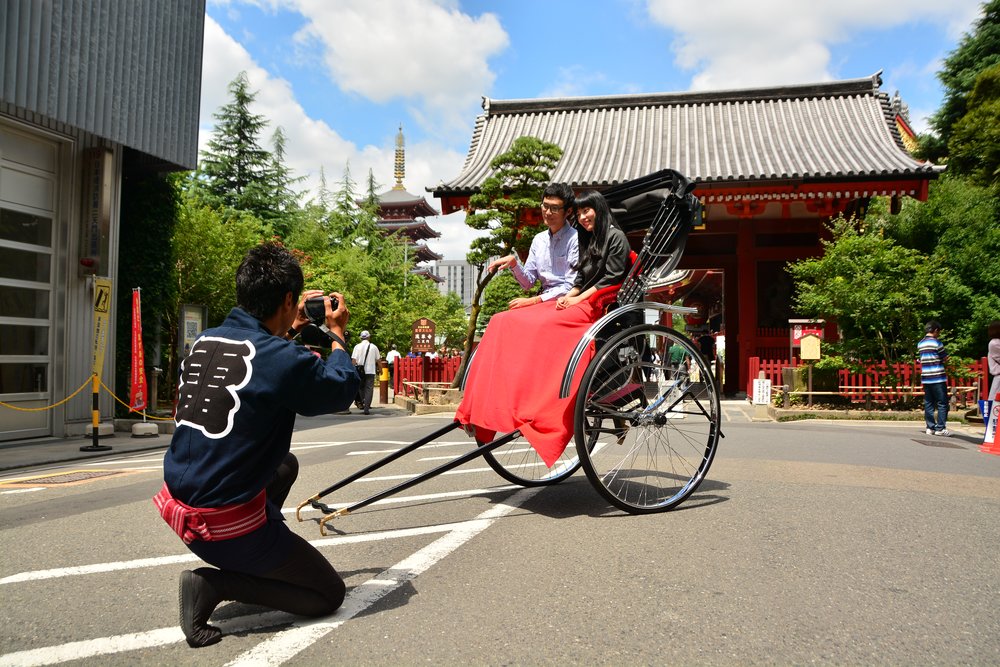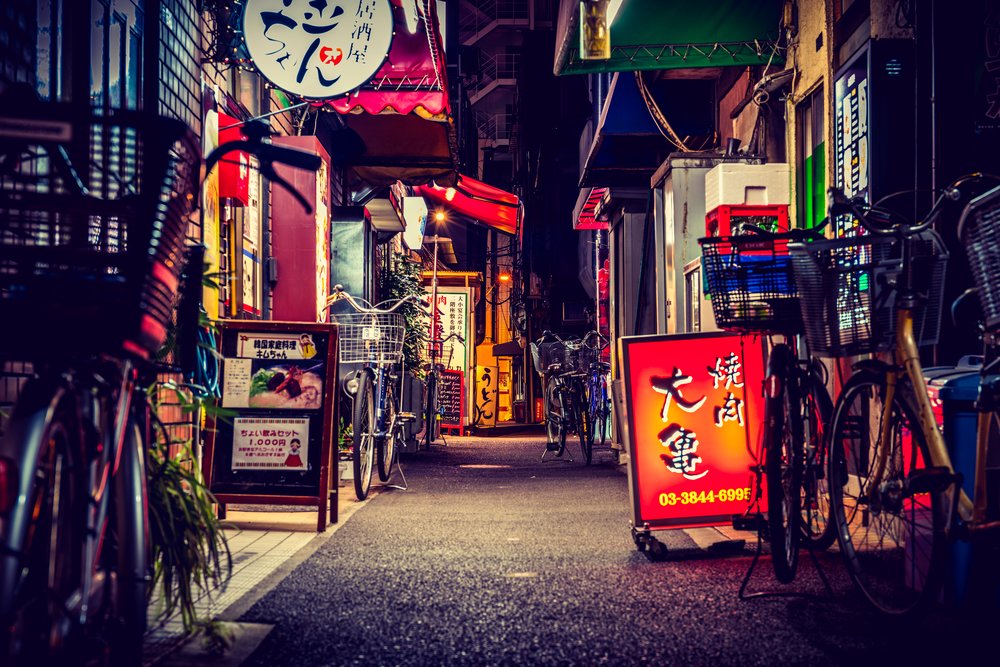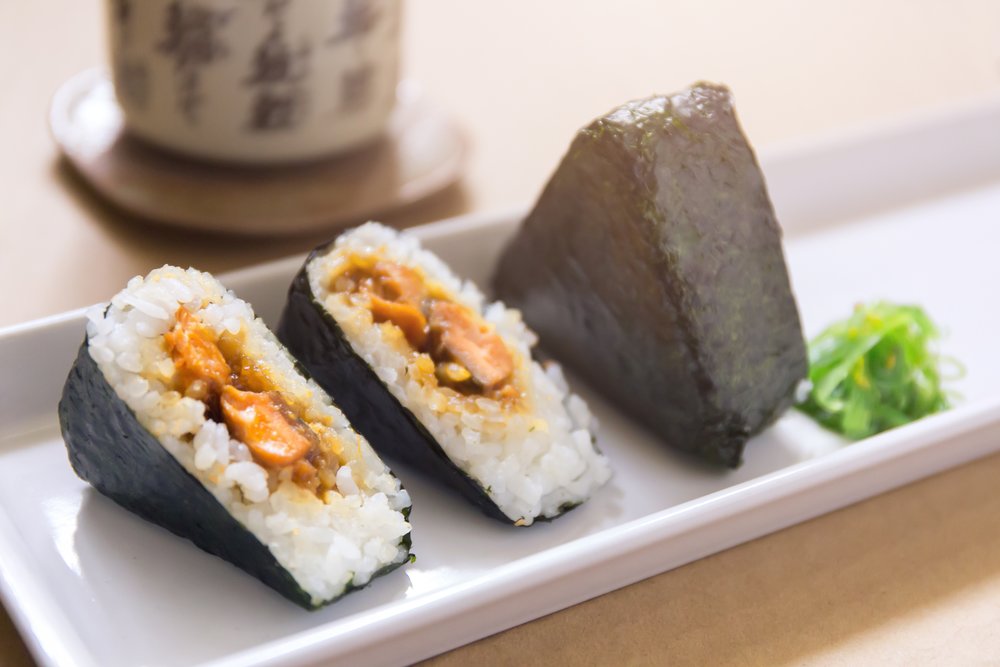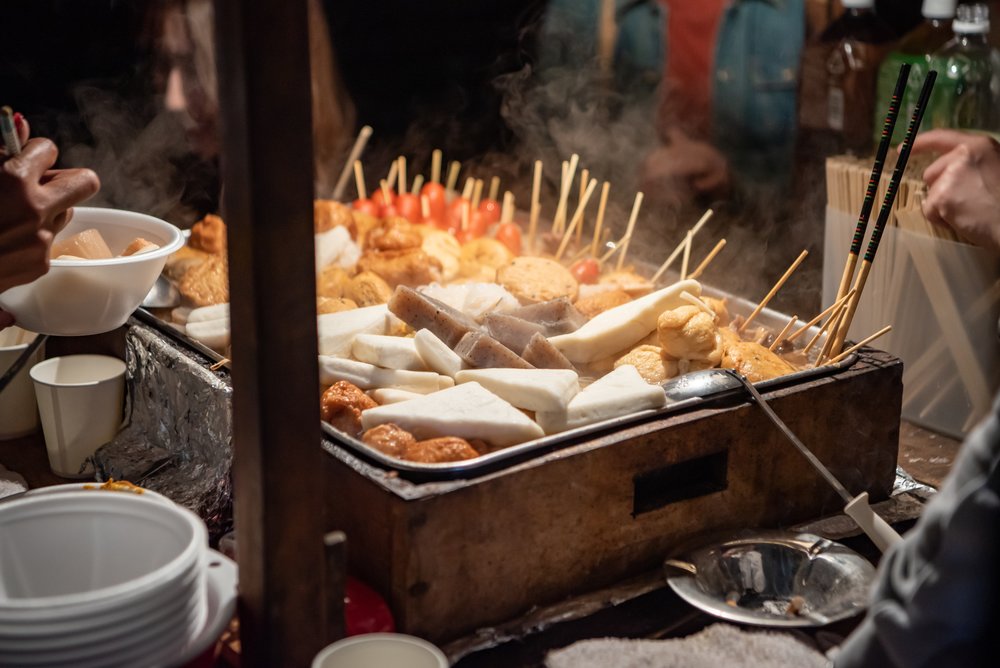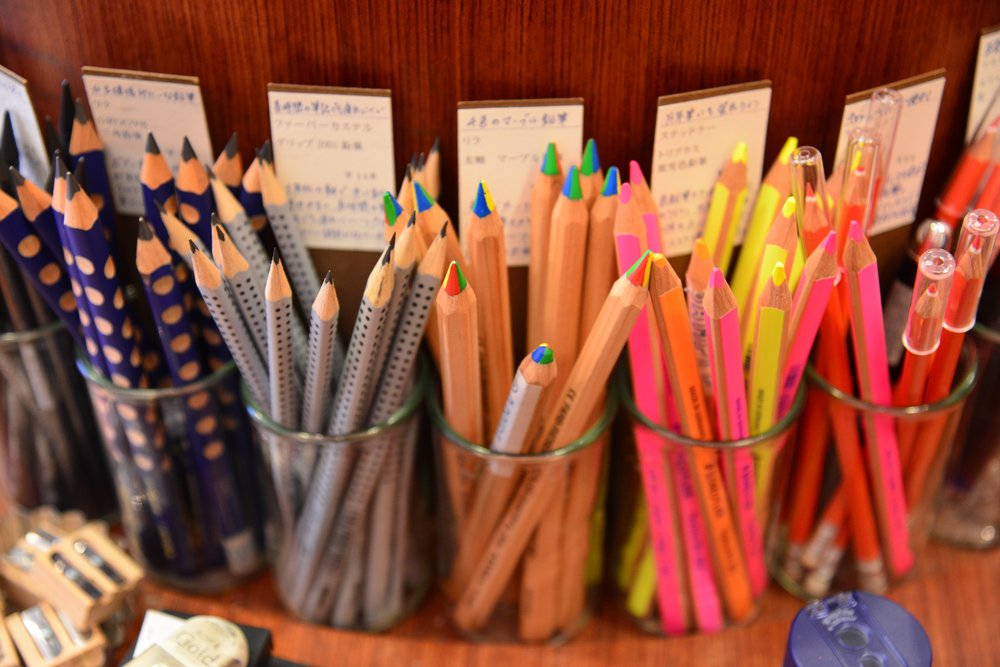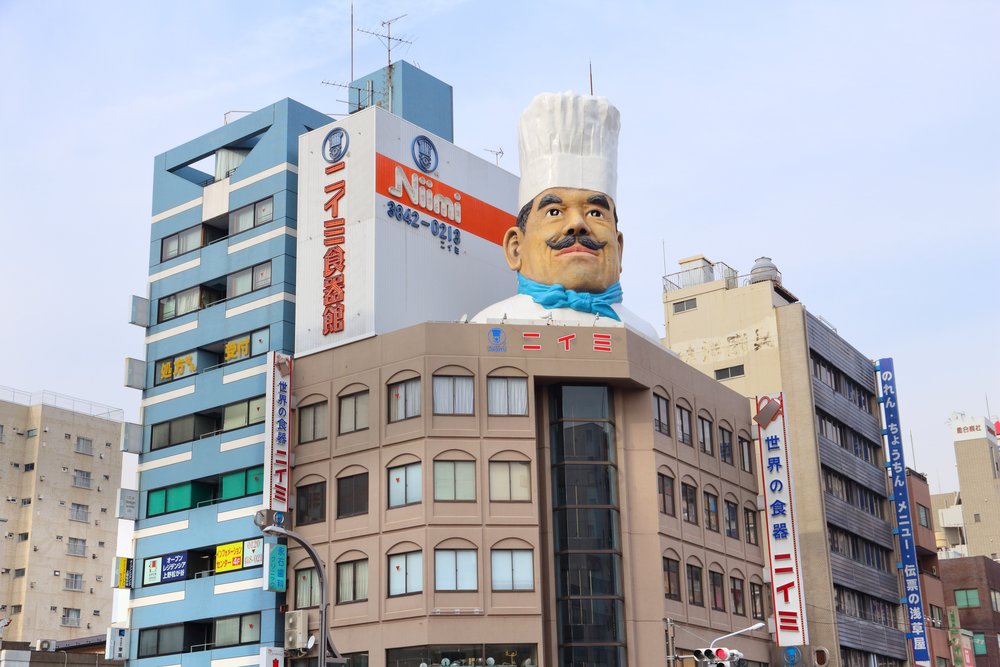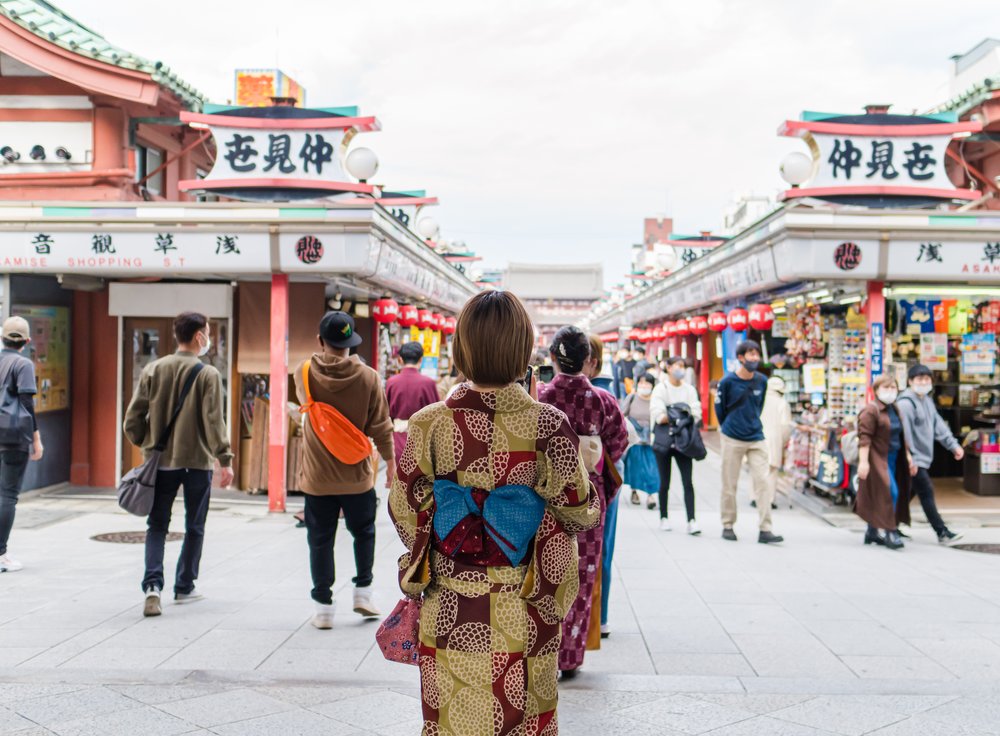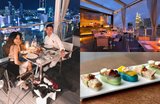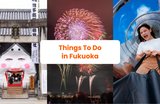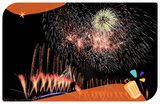Experience the best of what to do in Asakusa with Klook’s local guide on exploring Asakusa
Now that Japan has fully reopened and is ready for tourists to once again explore, its now time for you to fill up your Japan itinerary with the landmarks, food spots, and must-visit neighborhoods to check out! To our Tokyo-bound travelers, we’ve got a little something to help better plan out your adventure into the capital. We asked the help of our Japan Klookers to create a local guide on what to do, what to eat, and where to shop when in the historical neighborhood of Asakusa.
Even if it's your first time in Japan or you’ve been a frequent visitor of Tokyo, our Klookers can give you new ideas and local know-how on things to do in Tokyo, to help you better experience the city. Read their recommendations and tips below to help guide your Japan itinerary when you’re in town!
Asakusa, Tokyo’s well-preserved historical district
Situated in the city's shitamachi or downtown neighborhood, Asakusa was once the leading entertainment district of the city. Kabuki theaters were prominent in the area, especially during the Edo period. Later on, modern types of entertainment attractions, like movie theaters, were established here come the 1900s.
Today, Asakusa is one of Tokyo’s main districts where the city’s historical past still remains. Tourists often come to this area to immerse themselves in the past of the city, as well as see its oldest temple, Sensoji Temple. You can also pass by Asakusa on the way to the iconic Tokyo Sky Tree, located just across the Sumida River.
What to do in Asakusa
1. Pray for blessings in Tokyo’s oldest temple, Sensoji Temple
The iconic landmark of the neighborhood, Sensoji Temple is the oldest temple in the city, dating as far back as 645. Also known as the Asakusa Kannon Temple, the colorful Buddhist temple honors the Kannon, the goddess of mercy. Legend says that two brothers fished out the statue of the great goddess from the Sumida River, and even though they returned to the waters it kept returning to them.
The historical landmark is home to many of the district’s famed attractions, like the Asakusa Shrine and Kaminari Gate. If you head past the Hozomon Gate, you can see the temple’s main hall and five-storied pagoda. Travelers heading here in May can enjoy the Sanja Matsuri festival of the Asakusa Shrine, one of the three biggest Shinto festivals in Tokyo. We recommend getting a goshuin calligraphy with the temple’s red stamp and the date of your visit as a cute souvenir to commemorate your visit!
Klook tip: Avoid the big crowds visiting Sensoji Temple by visiting at off-peak hours like the early morning or late into the evening. The famous temple is open 24 hours.
2. Explore the historic neighborhood wearing an authentic and beautiful kimono
Figuring out how to make the most of your Japanese cultural experience while touring Asakusa? Consider exploring the historical district dressed up in an authentic and beautiful kimono to complete your cultural day out! The national dress of Japan is one of the world’s most recognizable traditional costumes and now you have the chance to try it on.
What we loved about our kimono experience was the beautiful collection of authentic kimonos and yukata we could select from. If you’re worried that you don’t know how to put on a kimono, don’t fret! You’ll be helped out by the shop's skilled and friendly staff in dressing. We were even able to have our hair set with accessories and a quick photoshoot – a cool bonus to the fun experience!
Klook tip: For those wondering what the difference is between a kimono and a yukata, it's in the collar, material, and season you wear it! Kimonos have a soft, full-width collar and is usually made of silk. Yukatas have a half-width, and stiffer collar, usually made of cotton. For summer season visitors, you’ll be suited into a yukata as it is made of lighter material for the hot weather, while the winter season visitors can enjoy the kimono to warm them up during the cold days.
3. Tour Asakusa’s iconic landmarks and sights on a rickshaw
Asakusa’s well-preserved historical streets and landmarks have made it one of Tokyo’s must-visit neighborhoods if you want to be surrounded by traditional Japanese culture and be whisked away for a moment from the modern hustle and bustle of the city. Though the area is easily explored on foot, a popular and enjoyable way to make your way around Asakusa is on a rickshaw tour!
Onboard the rickshaw, you’ll pass by landmarks like Nakamise Shopping Street, Sensoji Temple, and Tokyo Skytree, to name a few. What we most especially loved about the tour was our guide, who not only carried our rickshaw to the different spots but also entertained us with the fascinating history and stories of Asakusa’s past as we moved. You’ll be able to also get your photo taken on your rickshaw with the red lanterns of the famed Kaminari Gate as your backdrop at the beginning of the tour – so remember to bring your camera along with and your smile!
4. Enjoy a view of Tokyo’s skyline from the water on a relaxing river cruise from Asakusa to Odaiba
With all the exhilarating things to do in Tokyo, sometimes a quick breather just to enjoy the city’s sights is also much needed on the trip’s itinerary. Travelers searching for a different way to enjoy Tokyo’s picturesque skyline can go on a ride on Tokyo Mizube Line’s water bus for a relaxing river cruise to or from Asakusa to Odaiba. The water bus travels on the Sumida River, where you can see the historic scenery of Asakusa transform into the futuristic landscapes of Odaiba. The viewing deck on top allows you to capture the beauty of top sights like the Tokyo Sky Tree, Tsukiji Bridge, and Rainbow Bridge on your phone and camera during the sail.
For those traveling in big groups or with their families, we recommend hopping onto this ride, not only for the one-of-a-kind views of the city but also for the spacious seating area of the water bus!
Klook tip: The cruise only takes an hour, so if you’re planning out your schedule for the day you can a lot more time exploring either the Asakusa or Odaiba areas (whichever port you chose to travel towards!)
5. Take on the night life of Asakusa on an evening food and drink tour
If you ask locals what the best time to visit Asakusa would be, some would argue that it’s better to come over in the evening as it brings fewer tourists and more locals to the area. Locals come to the district to enjoy the variety of dining and drinking spots in the area. To those looking for a nighttime adventure and a chance to make new friends during your trip to Japan, you may want to consider joining a memorable food and drink walking tour in Asakusa.
Food brings together people from all walks of life – and this tour is proof of that! The tour hops from one local izakaya (also known as a Japanese pub) to another to have a taste of Japanese craft beers and sake over conversations with friendly locals and other travelers on Japan’s rich food culture. We enjoyed the opportunity the tour gave us to meet new people, and also experience Japanese izakaya culture. Aside from that, a bonus of the tour was the visit to Sensoji Temple without the hassle of the big tourist crowds in our way. Iconic sights, good food, and great company – what more could we ask for?
What to eat and drink in Asakusa
1. Onigiri
A classic Japanese comfort food, onigiri has been considered a go-to food and is popular with both locals and tourists. Also known as omusubi or nigirimeshi, the traditional snack is made from white rice shaped triangularly or in cylindrical shapes, and is often wrapped in nori and stuffed with a variety of fillings like salmon, chicken, beef, and more. Onigiri has become a staple in picnics or as a travel snack because it's easy to carry around in your bag as you go through your day. You can find it in almost any convenience store or konbini around the city.
While you’re able to find onigiri in almost any convenience store or konbini around the city, when in Asakusa, Japan Klooker Veronica from our legal team recommends visiting Tokyo’s oldest onigiri restaurant, Onigiri Asakusa Yadoroku. You can seel how well-loved Onigiri Asakusa Yadoroku is by locals with the grandparent patrons that visit and have both their children and grandchildren tagging along! The onigiri specialty shop has 18 different kinds of onigiri available with flavors that also include kelp, salted fish, and even chili pepper (perfect for those that love spice to their dishes!). The shop is easily accessible and located behind Sensoji Temple, on Kototoi Street.
Klook tip: Visit the Onigiri Asakusa Yadoroku from 11:30am to 5:00pm to order their special lunch sets: 2 or 3 onigiris of your choice, tofu miso soup, and Japanese Radish pickles. We recommend lining up before lunch or during off-peak hours because the queue can reach the outside of the specialty shop!
2. Oden
A heartwarming bowl of oden is the perfect dish to try if you’re visiting Japan during the cold seasons. The favorite winter season dish is a type of nabemono or Japanese one-pot dish made from ingredients like boiled eggs, daikon, konjac, and processed fishcakes stewed in a light, soy-flavored dashi broth and is often served in a clay pot dish. Families enjoy serving it paired off with sake to celebrate the festive season of the wintertime.
To fully enjoy this seasonal dish during your trip, Japan Klooker Tetsu who’s in charge of office experiences recommends eating at Asakusa’s historic Otafuku restaurant. The oden specialty restaurant dates as far back as the Meji era, originally located in Osaka before moving their shop to Tokyo in 1915. When you visit, we recommend ordering their popular Daikon Radish dish and Ganmodoki, made from tofu, carrots, burdock, and lotus root. The restaurant is located inside the NS Kotoi Building, where you can enjoy a view of the Tokyo Skytree while you dine.
Klook tip: Otafuku’s register area by the entrance recreates what the shop used to look like over 100 years ago – complete with wooden tags hung up in the front to display the seat numbers in the restaurant. When you are seated, the staff will give you a wooden tag to indicate your table and you’ll have to bring this with you to pay – so don’t forget to take it with you after your meal!
Where to Shop in Asakusa
1. Shop for beautiful Ukiyo-e art pieces at Sakai Kokodo
The ancient art of ukiyo-e is Japanese art style that thrived greatly during the 17th to 19th centuries. Artists created woodblock prints and paintings that featured subjects like female beauties, sumo wrestlers, scenes from folk tales and history, and more. Art enthusiasts looking to take home souvenirs featuring ukiyo-e art can head to Sakai Koukodou to purchase their own copy of the art style!
To the fans of ukiyo-e art, our Japan Klooker Rena from the Business Development team suggests heading over to Sakai Kokodo, the official shop of the Japan Ukiyo-e Museum. The shop has a variety of traditional wood prints to choose from that usually cost around a few hundred dollars or also have cheaper options for the art piece as postcards or stationary paper. We got excited when we saw copies of Katushika Hokusai’s “Thiry-Six Views of Mt Fuji” in the store! You can stop by at the shop’s two locations in Asakusa: Sakai Kokodo Yamafuji at Nakamise Shopping Street or Sakai Kokodo Seiga at Dempoin Street.
Klook tip: For ukiyo-e art enthusiasts, the store also has original ukiyo-e wood prints from the Edo period up for sale! However, it can be set at a whooping price of JPY1,000,000. So if you’re an ultimate fan planning to buy one during your trip, come prepared!
2. Browse through the impressive selection of specialty stationery items of Kakimori
While you may have spotted the big Tokyu Hands store in Shibuya for your crafting and stationary needs, if you’re one of those looking to splurge a bit more on quality fountain pens and stationary, Japan Klooker Yuri from Marketing suggest heading over to the Kakimori in Asakusa for a good set or two.
The specialty stationary store is known for its wide range of pens, letter sets, and inks. Kakimori believes in celebrating the joy of writing with everyone, which is why their stationary sets and pens are chosen on the basis of how comfortable they are to be used by the writer. The shop allows customers to try out the fountain pens before purchasing, which helps in choosing the best pen for you! What did we love about the store? Other than its selection of pens and ink, the store also has a refill service for its notebooks and ink – perfect for the writers out there looking for more pages to write their stories!
Klook Tip: Kakimori is also known for their beautiful made-to-order notebooks that include a customizable selection of covers, binding, and papers to fill your notebook. If you have more time to spare in the shop, the notebooks take only five to 10 minutes to prepare, once you’ve selected everything that you need.
3. Make your home kitchen standout with authentic Japanese kitchenware from Kappabashi Street
Probably the favorite shopping area for both professional and amatuer chefs in Asakusa, Kappabashi Street is the best place to shop for your kitchen! Japan Klooker Veronica from Legal suggests heading to Kappabashi Kitchenware Town to buy all things cooking related, from tableware, kitchen utensils, and appliances, sample foods, lanterns, and more. What makes the 1km shopping street even cooler is the enormous chef statue (complete with a towering white hat!) that sits atop the building’s main facade!
There are around 160 shops and stalls to browse through, and our particular favorites were the shops that sold realistic food samples of Japanese dishes. A visit here will surely get your stomachs rumbling with both excitement and hunger!
Klook tip: If you’re planning to buy any pottery or breakable items, it’s best to tell the shop’s staff that you’re traveling with the item! They’ll wrap it well so that there's no chance it’ll break in flight!
Discover more of Tokyo with our handy local guides
Again, thanks to our trusty Japan Klookers, we’ve also created a series of handy guides on what to do in five of the most popular neighborhoods in Tokyo. Once you’re done going through this guide, check out their recommendations and tips for exploring the best spots and hidden gems of Akihabara, Harajuku, Koto City, and Shibuya to help plan out your next Japan adventure!

